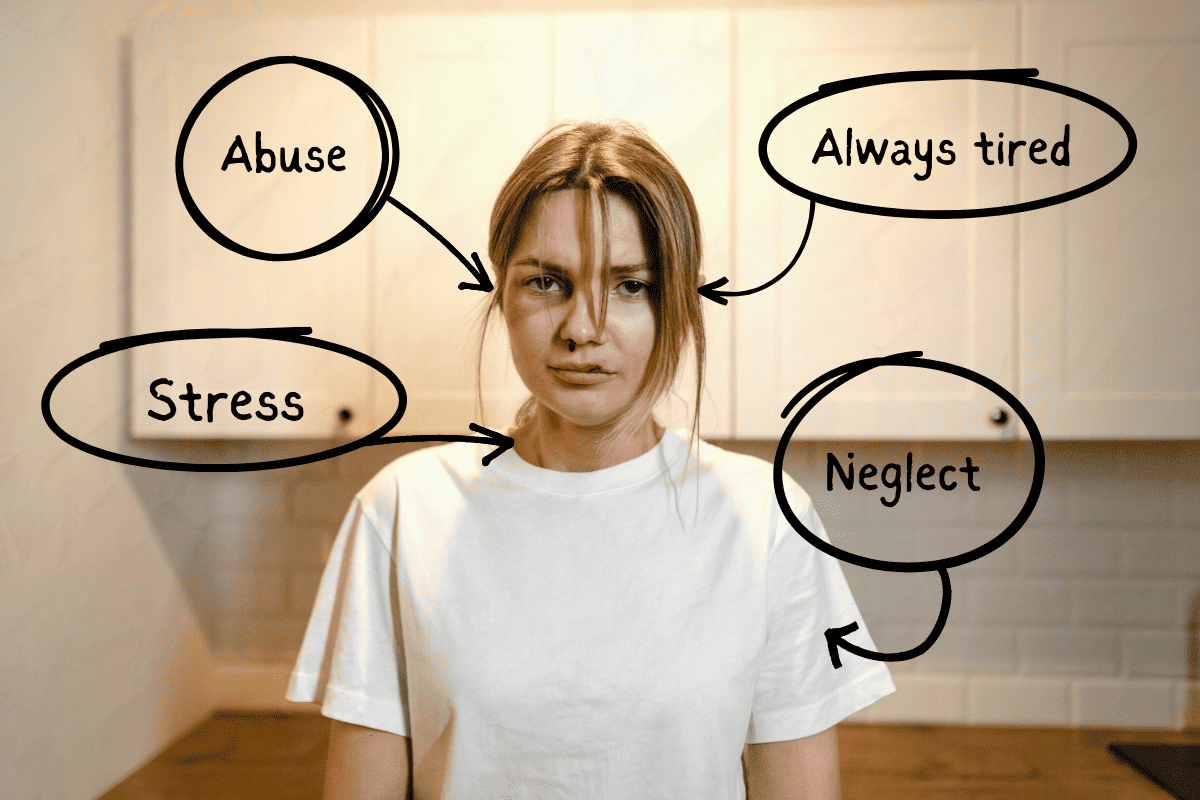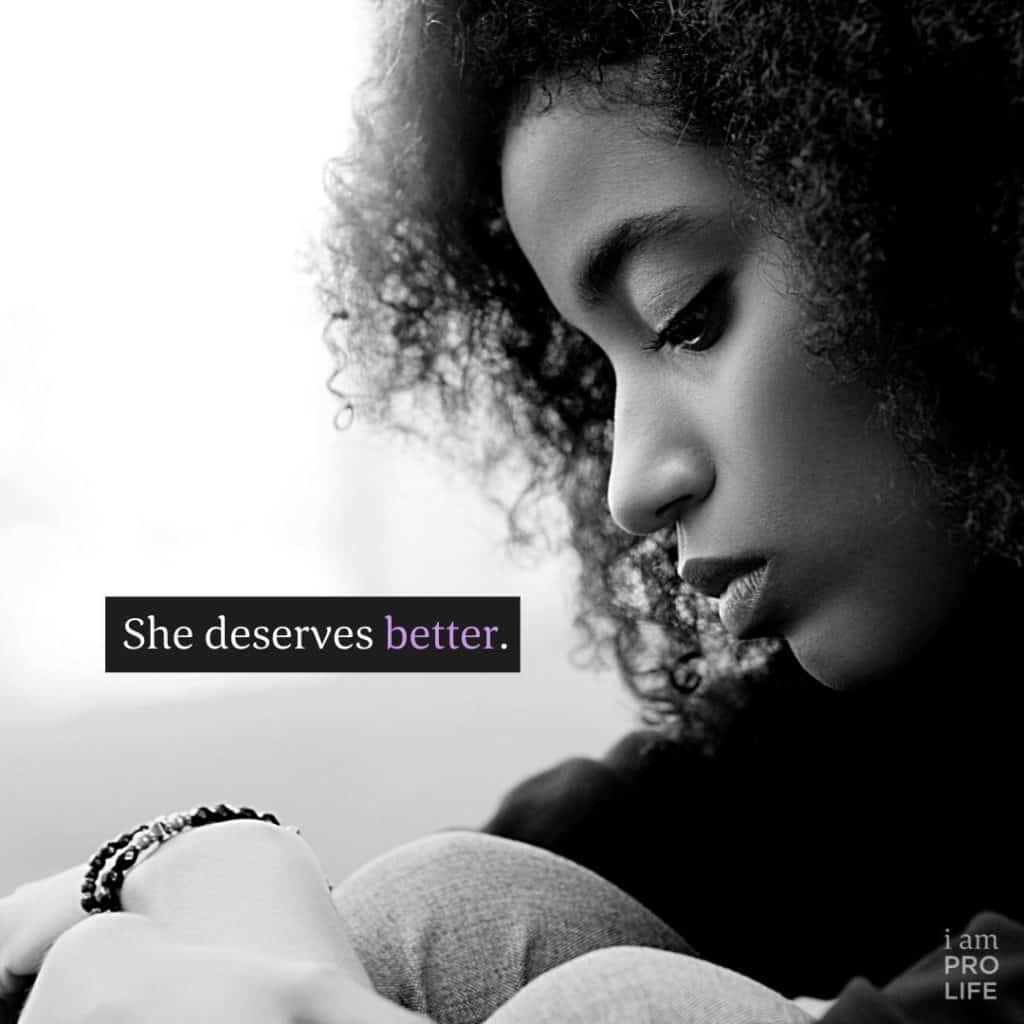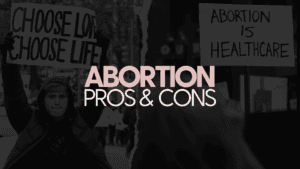Human trafficking is a vast web of traffickers and victims. To understand this growing tragedy, and to help the victims who are caught up in this crime, we need to understand how to spot the signs of human trafficking.
About Human Trafficking
The perpetrators of this crime (the traffickers, johns, pimps) don’t fit a single stereotype. They represent every social, ethnic and racial group. Some perpetrators are involved with local gangs, others are members of larger nationwide gangs and criminal organizations. Some have no affiliation with any one group. Traffickers can also be women. In fact, many women run established rings around the country.
Victims of sex trafficking are often young girls who have run away from abusive situations at home. They are quickly picked up by traffickers who coerce them into prostitution by promising food, shelter or clothing. Other recruiting methods include befriending vulnerable-looking girls at malls, movie theaters and even schools. The recruiter could be a young man posing as a doting boyfriend or another girl who appears to be friendly.
Alternatively, victims of labor trafficking are often non-U.S. citizens, brought into the country to work under false pretense. These victims preform forced labor for little or no pay. Usually, their employment is fueled by force, fraud or coercion.
According to the International Labor Organization and Walk Free Foundation, “there are 24.9 million people trapped in forced labor with 16 million victims of labor trafficking in private industry, 4.8 million victims of sex trafficking, and 4.1 million victims of state-imposed forced labor.”
Victims of Sex Trafficking
According to the FBI, traffickers use force, drugs, emotional tactics, and financial methods to control their victims. Often, recruiters may find ways to form a strong bond with young girls. For instance, they may promise marriage or a lifestyle the girls have not had in their families of origin. They claim they “love” and “need” the victim. Then, they claim that any sex acts are for their future together. In cases where the children have few or no positive male role models in their lives, the traffickers take advantage of this and, in many cases, demand that the victims refer to them as “daddy” – further ensnaring them in their web of deceit.
Nita Belles discusses Human Trafficking on the Focus on the Family broadcast.
Sometimes, the traffickers use violence, such as gang rape and other forms of abuse, to force the youths to work for them and remain under their control. The traffickers can also use their ability to supply drugs and alcohol as a means of control. Traffickers often take their victims’ identity forms, including birth certificates, passports, and drivers’ licenses. In these cases, even if youths do leave they have no ability to support themselves. Sadly, these victims often return to the trafficker.
Signs of Human Trafficking
Too often, human traffickers are able to keep their victims in the web of exploitation, because trafficking can be hard to identify.
It’s important to understand there are patterns and signs that can help identify perpetrators and rescue victims. Victims of human trafficking are often vulnerable because of homelessness, poverty, domestic violence, substance abuse, mental or physical disability or lack of legal immigration status.
Characteristics of Victims
It’s easy to think human trafficking is limited to certain segments of society; however, it’s vital to remember that vulnerability to being trafficked knows no boundaries. Traffickers often prey on people who hope for a better life, lack employment opportunities, have an unstable home life or have a history of sexual abuse. These are characteristics that are present across age, socio-economic status, nationality and level of education.
Age of Sex Trafficking Victims
Age is one of the most significant factors in a child being vulnerable to sex trafficking. Pre-teen or adolescent girls are more susceptible to the calculated advances, deception and manipulation tactics used by traffickers and pimps; however, no youth is exempt from falling prey to these tactics. Traffickers often target locations where youth frequent, such as schools, malls, parks, bus stops, shelters and group homes.
At-Risk Youth
Traffickers also prey on runaways and at-risk youth. Within 48 hours of running away from home, a young person is likely to be bought or sold for prostitution or some kind of commercial sexual exploitation. Pimps and sex traffickers are skilled at manipulating child victims and maintaining control through a combination of deception, lies, feigned affection, threats and violence.
How to Spot Human Trafficking
If you are concerned about someone you know, consider these warning signs (compliments of Shared Hope International) that an individual is being trafficked:
- Signs of physical abuse, such as burn marks, bruises or cuts
- Unexplained absences from class
- Less appropriately dressed than before
- Sexualized behavior
- Overly tired in class
- Withdrawn, depressed, distracted or checked out
- Brags about making or having lots of money
- Displays expensive clothes, accessories or shoes
- New tattoo (tattoos are often used by pimps as a way to brand victims. Tattoos of a name, symbol of money or barcode could indicate trafficking)
- Older boyfriend or new friends with a different lifestyle
- Talks about wild parties or invites other students to attend parties
- Shows signs of gang affiliation (i.e., a preference for specific colors, notebook doodles of gang symbols, etc.)
If you see any of these signs or suspect someone is being trafficked, please don’t wait — use these phone numbers to report a tip or connect with anti-trafficking services in your area.
To read more about recognizing the signs of sex trafficking, check out more resources from The Polaris Project.
















